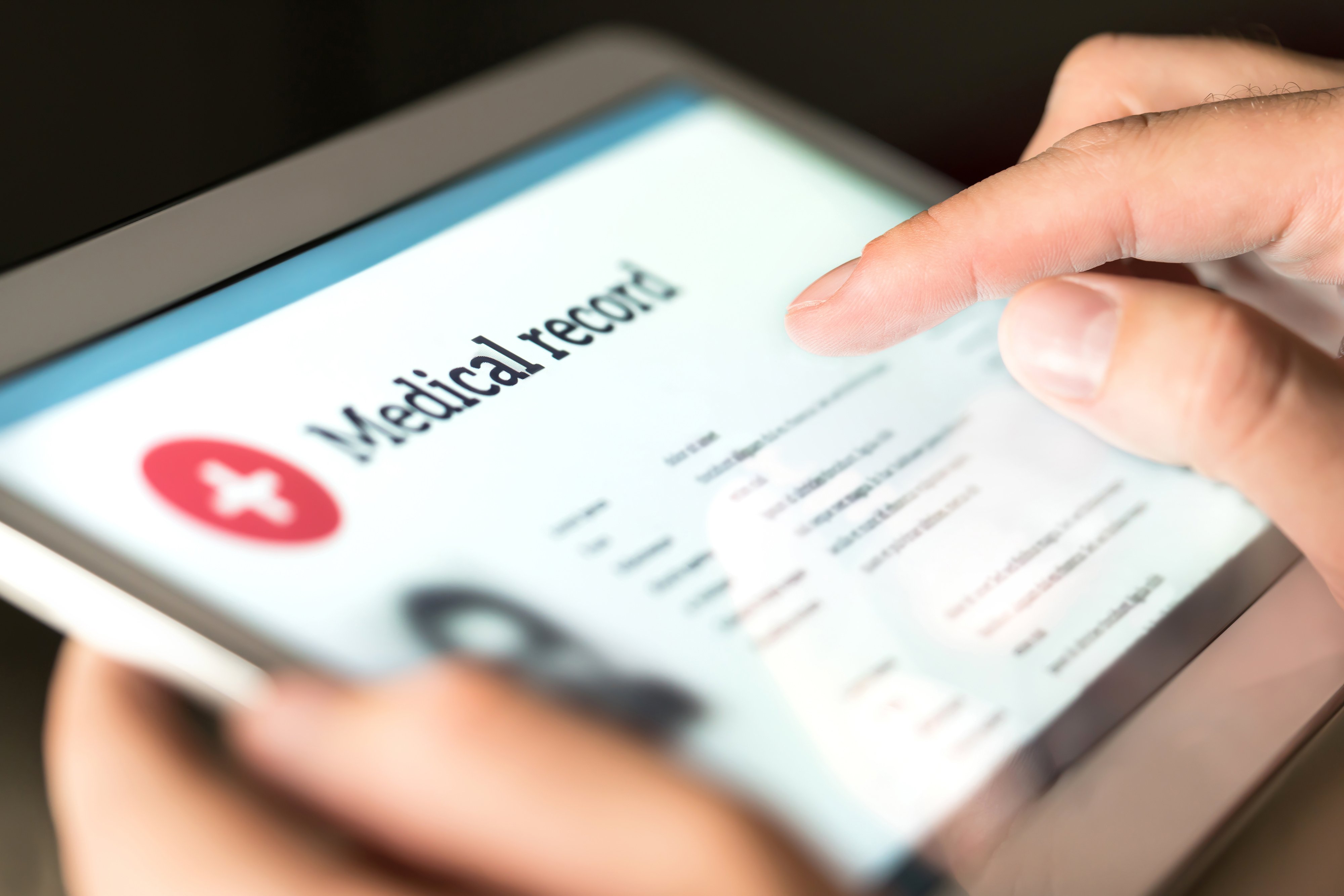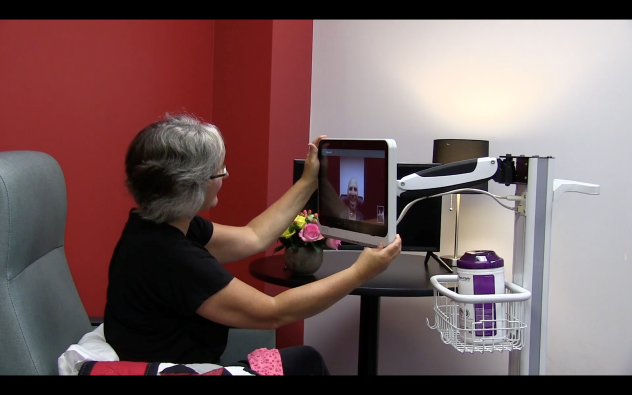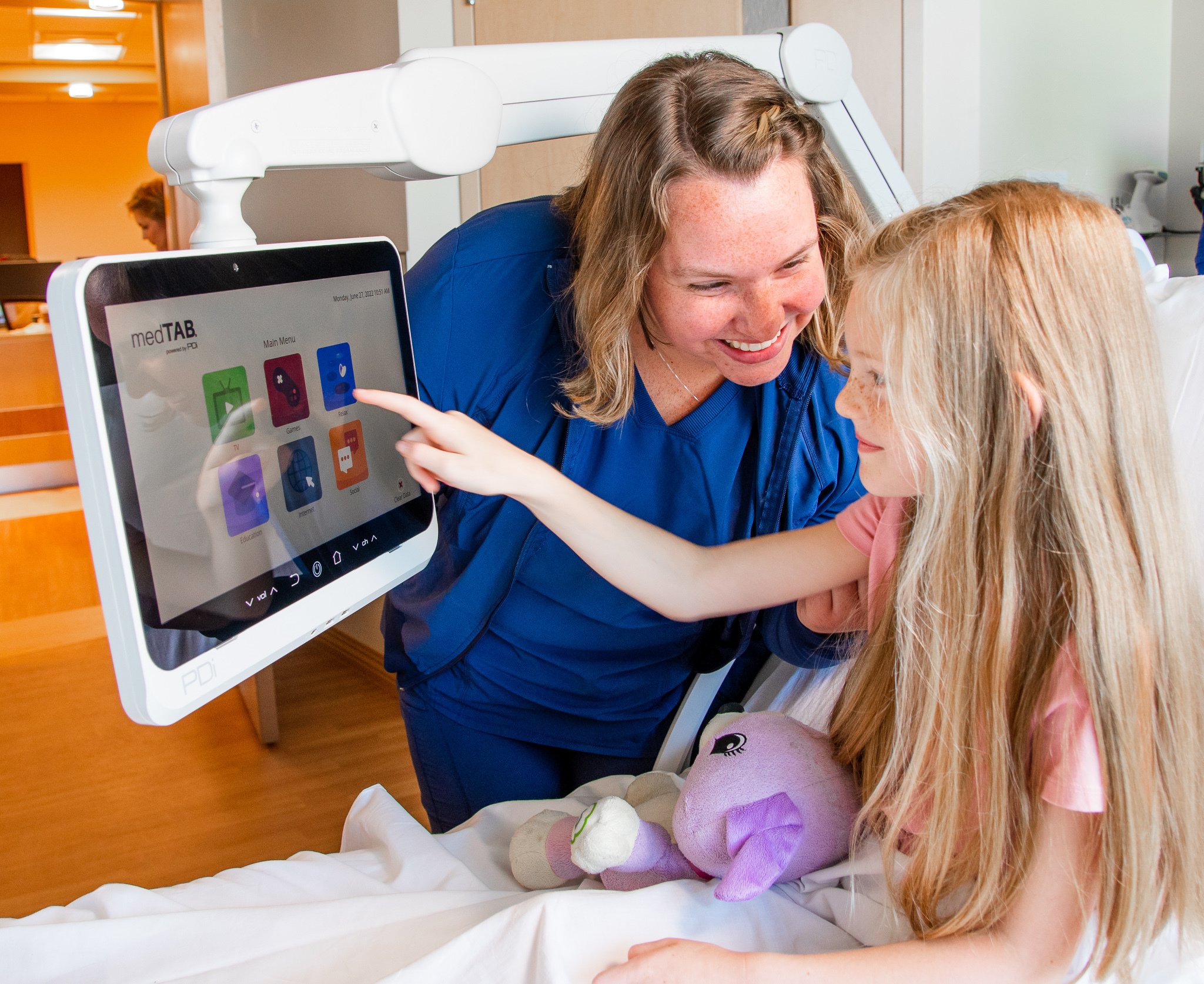Safely Engage Patients with Communication and Entertainment Carts
Healthcare providers know how important a safe, great experience is for patients and their overall satisfaction. Providers are often looking for new...
3 min read
Kayleigh DeLaet
:
March 11, 2024

Data is invaluable in healthcare, providing vital information for decision-making. Patient engagement metrics measure how well a facility connects with patients across the care continuum and encourage them to be involved in their health. These metrics are crucial in understanding the effectiveness of engagement strategies and continuously improving quality of care.
However, with numerous data points available, it can be challenging to determine which metrics truly matter. The key lies in focusing on various aspects of the overall patient experience to gain a holistic view of engagement levels at your facility.
Below, we explore 5 patient engagement metrics that are worth paying attention to.

Hospital readmissions are not only costly, but pose challenges for both patients and healthcare providers, indicating potential gaps in care coordination and post-discharge communication. Metrics such as the number of unplanned readmissions, the reasons for readmission, and the length of time between discharge and readmission provide insights into the effectiveness of discharge planning, follow-up care, and patient support initiatives.
To mitigate readmission risks, providers can implement targeted strategies such as improved discharge planning protocols, enhanced patient education efforts, or increased access to post-discharge resources.

Patient activation refers to patients' knowledge, skills, and confidence in managing their health and participating in care decisions. The Patient Activation Measure (PAM) is a widely accepted tool for assessing these aspects. It categorizes patients into four activation levels, providing insights into their ability to self-manage illness, engage in treatment decisions, collaborate with providers, and navigate the healthcare system. Patients at higher activation levels tend to engage more proactively in their care, follow treatment plans, and achieve better health outcomes.
Understanding where patients fall on the activation spectrum enables administrators to deliver more personalized care. For instance, patients with lower activation levels may benefit from additional education, support resources, or care coordination. Integrating patient activation assessments into routine care processes helps identify patients at risk of poor outcomes early on, facilitating timely interventions to mitigate complications.

Monitoring appointment attendance rates offers valuable insights into patients' commitment to their healthcare and adherence to treatment plans. High attendance rates also contribute to building stronger patient-provider relationships. On the other hand, frequent missed appointments may indicate underlying barriers like transportation issues, financial constraints, or competing priorities, which can hinder patients' access to care.
To address missed appointments effectively, facility managers can implement targeted strategies tailored to patients' needs. For example, offering flexible scheduling options, providing transportation assistance, or utilizing Telehealth services can enhance access and reduce barriers to care. Appointment reminders and follow-up calls help patients remember to attend appointments and prioritize their health needs.

Patient portals have transformed the way patients interact with their healthcare providers, offering convenient access to essential health information and services outside of traditional office visits. High utilization rates indicate that patients are taking an active interest in their health and are leveraging available resources to stay informed and engaged.
On the other hand, low utilization rates may signal a need for improvement in patient education or promotion of the portal's benefits. Metrics like login frequency, types of information accessed, and messages exchanged between patients and providers help gauge portal effectiveness.
To encourage greater adoption of patient portals, healthcare providers can implement strategies to enhance accessibility, usability, and awareness among patients. This may involve offering training sessions, educational materials, and technical support to help patients navigate the portal effectively. Additionally, integrating patient portal usage into routine care workflows and promoting its benefits to both patients and providers can encourage adoption.

Patient satisfaction surveys serve as a valuable tool for capturing patients' perspectives on their healthcare experiences and pinpointing areas for improvement. By analyzing survey data, healthcare providers can gain insights into patients' satisfaction levels, preferences, and concerns, informing quality improvement initiatives and enhancing care delivery processes.
Utilizing patient satisfaction surveys while patients are still in the hospital is particularly valuable. According to PatientEngagementHIT, “These tools, which are installed on bedside tablets and other patient-facing technologies, let users report their experiences while they are still inpatients. This gives providers the opportunity to connect with the patient and remedy the situation even before the patient has been discharged.”
GENiO by PDi provides patient satisfaction surveys to capture patient's feedback in real-time. Explore more benefits of the cloud-based patient engagement platform HERE.
Several factors influence patient satisfaction. For example, a facility with consistently low scores in provider communication might prioritize communication skills training for staff and implement strategies to enhance patient-provider interactions. By prioritizing patient feedback and actively addressing areas for improvement, healthcare facilities can foster a culture of patient-centered care, allocate resources effectively, and build greater trust and loyalty among patients.
These patient engagement metrics offer valuable insights into various aspects of the patient experience. By monitoring and leveraging them effectively, healthcare providers can optimize care delivery processes, promote patient-centered care, and enhance the overall health and well-being of their patient populations.

Healthcare providers know how important a safe, great experience is for patients and their overall satisfaction. Providers are often looking for new...

Achieving a balance between delivering an exceptional patient experience and managing budget constraints is an ongoing challenge in the healthcare...

Last Updated 10-13-2025 One of the biggest challenges facing healthcare providers today is keeping patients engaged in their healthcare. After all,...